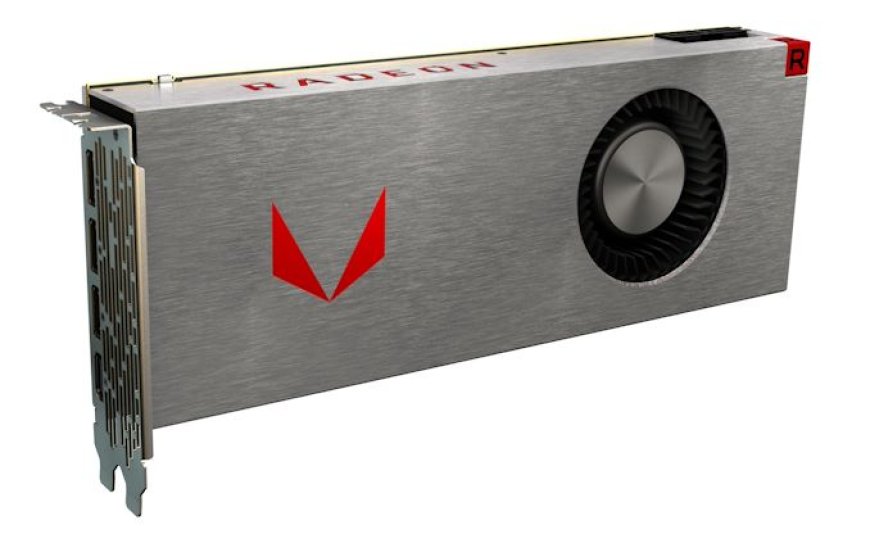AMD Begins Polaris and Vega GPU Retirement Process
AMD, advancing in their third generation of RDNA architecture GPUs, is gradually phasing out their older Graphics Core Next (GCN) designs, known as Polaris and Vega. This shift was initiated with AMD dropping support for these GPU architectures in their open-source Vulkan Linux driver, AMDVLK, and is now extending to their Windows drivers.

Polaris and Vega: Reduced Feature Parity
Under AMD's new driver support schedule, Polaris and Vega will no longer maintain feature parity with RDNA architectures. While support continues, it will be limited to security updates and occasional functionality updates.
The Beginning of the Process
This transition began in September with AMD's Adrenaline 23.9 driver series, which saw the separation of RDNA and GCN driver packages. This resulted in the creation of two distinct driver branches, parking GCN cards on a maintenance driver branch and prioritizing RDNA cards for new features and updates.
Also Check Samsung's 2nd Gen SmartSSD: Fast, energy-saving and CPU-friendly
AMD's Official Statement
AMD, in a statement, clarified that this shift does not equate to a "legacy" status for Vega and Polaris. Unlike "legacy" products which are effectively considered end-of-life with no planned driver releases, Vega and Polaris will continue to receive regular driver updates, albeit without significant feature enhancements.
Implications of the Driver Split
Since the driver split in September, the impact is visible in AMD's latest drivers. Polaris and Vega did not receive an October driver release and the November release contained only minimal updates for these architectures, in stark contrast to the extensive updates for RDNA cards.
The End of an Era
This move marks the beginning of the end for a GPU line that dates back to AMD’s 2011 architecture modernization. Polaris, introduced over seven years ago, and Vega, a year younger but used more extensively, are transitioning into an extended support phase.
Impact on Vega-Based APUs
This change particularly affects Vega-based APUs, such as AMD's Ryzen 5000G series and Ryzen Mobile 7030 series, limiting their mainstream driver support to just a few years. The longevity of security fixes for Vega architecture remains a crucial factor, especially considering the susceptibility of GPU drivers to security vulnerabilities.
Conclusion: The Gradual Farewell to GCN
As AMD shifts its focus to newer GPU architectures, the once-revolutionary GCN architectures of Polaris and Vega are slowly moving towards retirement. While not yet a eulogy, it’s evident that, after 12 years, the era of GCN is drawing to a close.


































